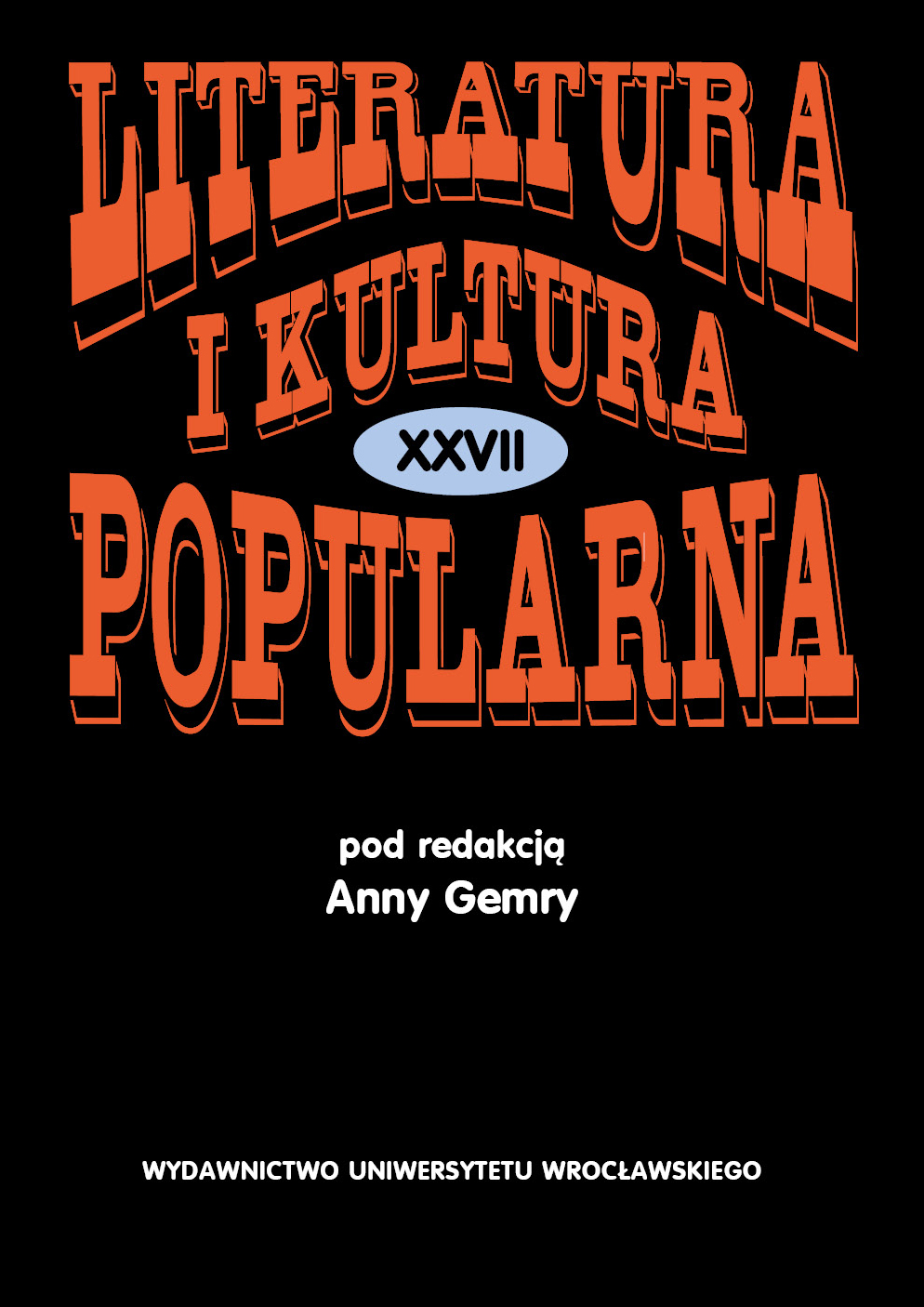

Artykuły

The article discusses the motivations of the monstrous metamorphosis in some Beauty and the Beast retellings, chiefly those by Gabrielle-Suzanne de Villeneuve (1740), Jeanne-Marie Leprince de Beaumont (1756), Alex Flinn (2007), and Małgorzata Musierowicz (1996). Other versions are mentioned as a broader context. The aim of the article is to observe a correlation between transmotivation and a retelling’s structure and message.
While folk versions usually omit the motivation altogether, literary and film retellings often provide in-depth explanations of the transformation. In the 18th-century fairy tales, the metamorphosis is a villainy inflicted on an innocent victim, and Beauty has to see through the monstrous appearance in order to realize the true, internal beauty of the Beast. Retellings from the 20th and 21st centuries, on the other hand, often present the metamorphosis as a comeuppance for some emotional and moral fault. Physical deformity reflects spiritual monstrosity, and the Beast’s struggle with the latter helps him become free of the former. As a consequence, transmotivation implies a shift in the narrative from Beauty’s experience to the Beast’s internal change. This may be due to the didactic tradition of the fairy tale for children, in which the hero is tested and disciplined, as well as the influence of the modern novel, focused on individual characters’ psychology